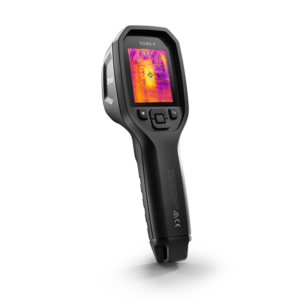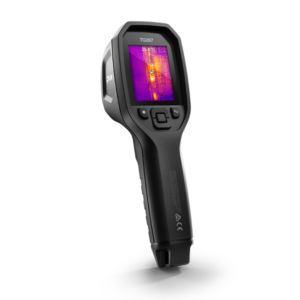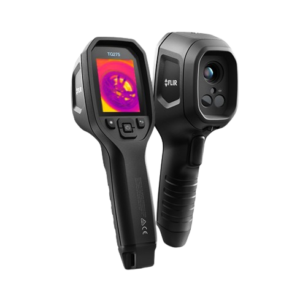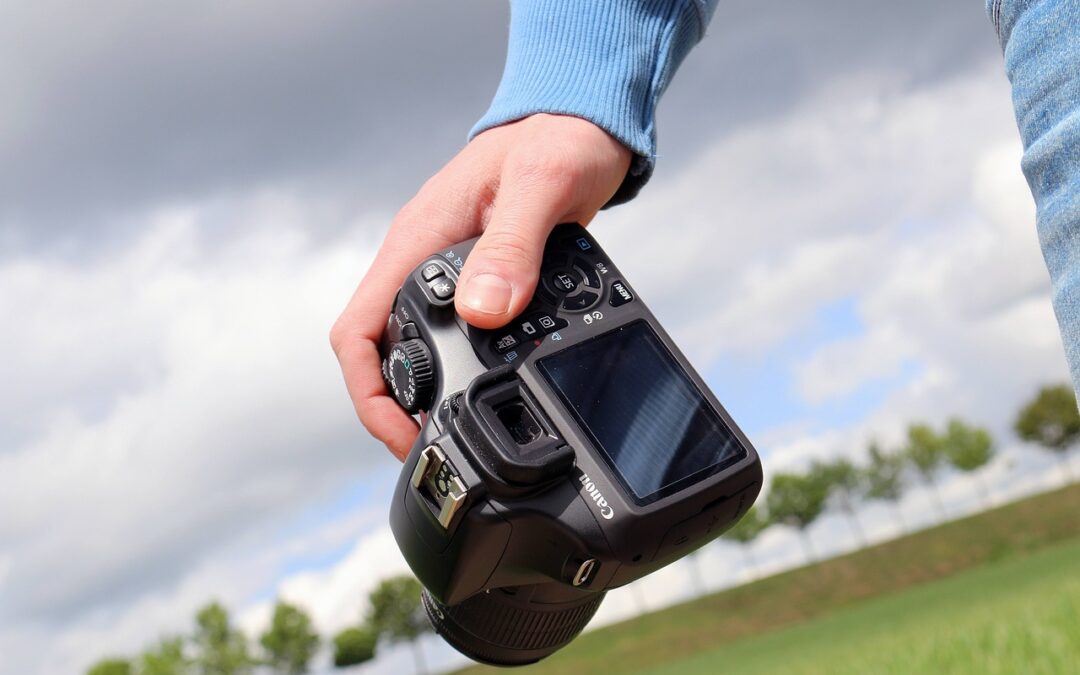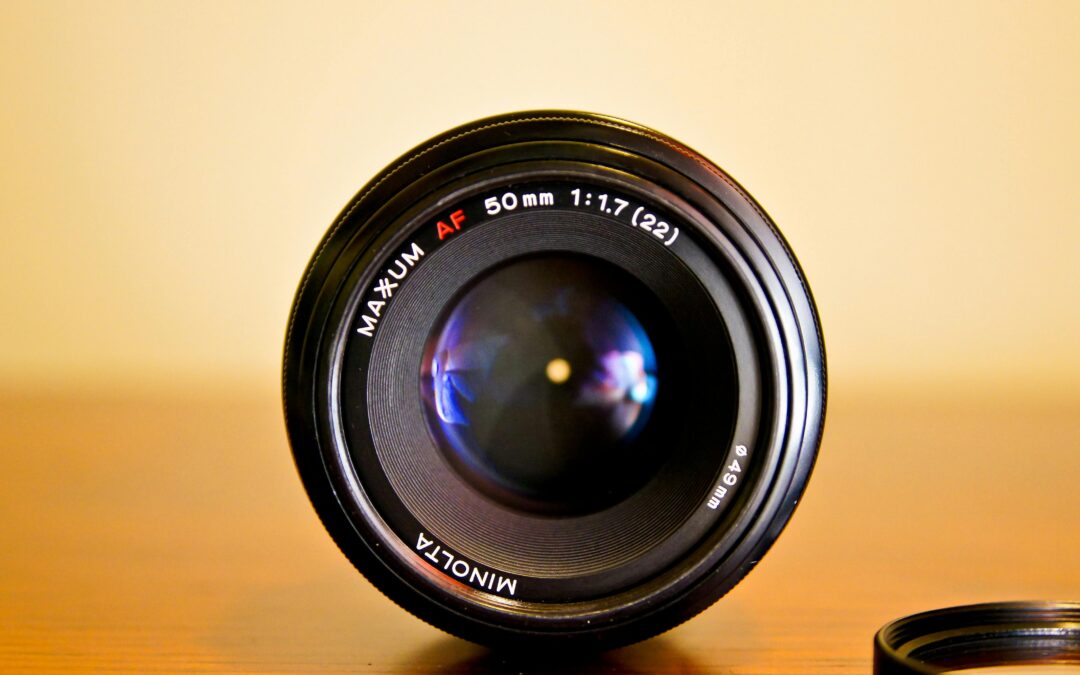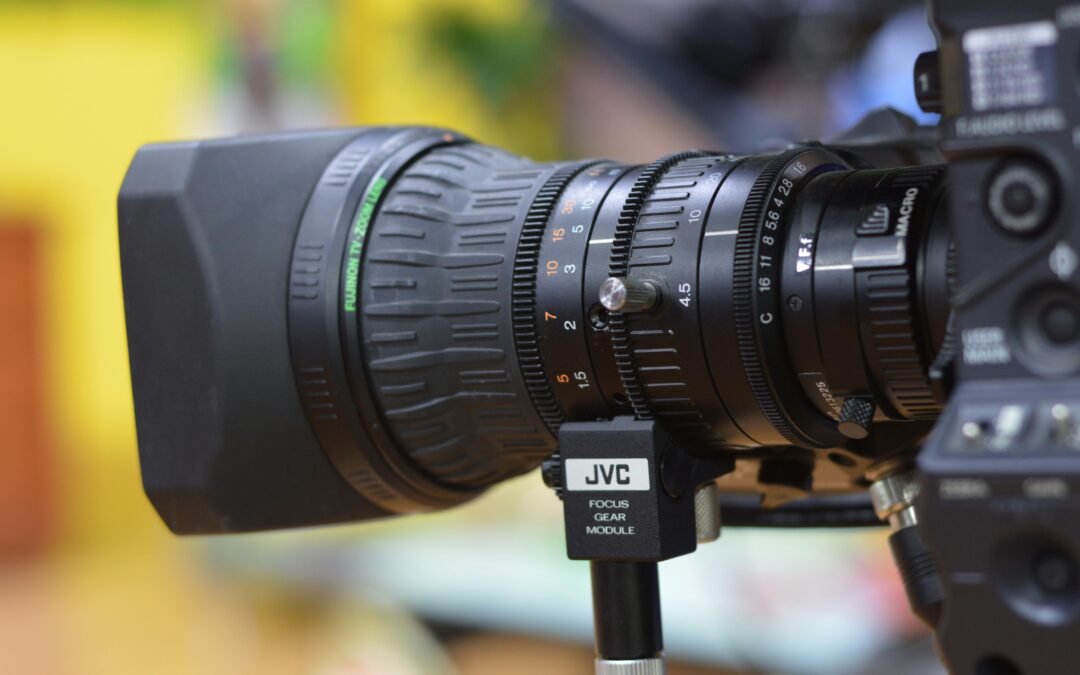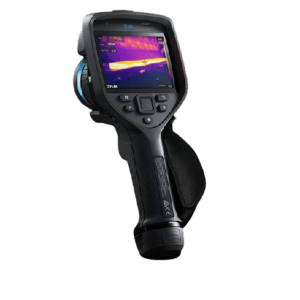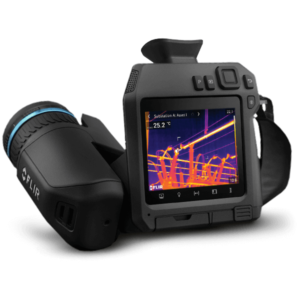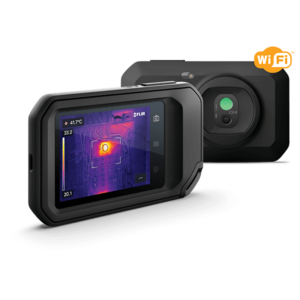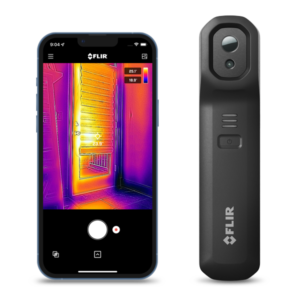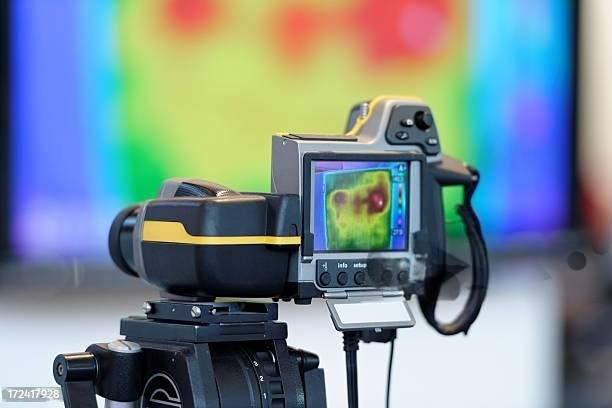
From Drones To Phones: IR Camera Technology Demystified
AIn recent years, infrared (IR) camera technology has evolved from a niche tool for specialised applications to a widely accessible feature in everyday devices. From drones soaring high above our landscapes to smartphones nestled in our pockets, IR cameras are becoming increasingly prevalent. But what exactly is IR camera technology, and how does it work across such diverse platforms? Let’s demystify IR camera technology and explore its applications in drones, phones, and beyond.
What Is IR Camera Technology?
Infrared cameras, or thermal imaging cameras, detect heat emitted by objects rather than visible light. They capture infrared radiation and convert it into thermal images, where different temperatures are represented by varying colours. This ability to “see” heat provides valuable insights into conditions that are otherwise invisible, making IR cameras useful in a wide range of scenarios.
IR Cameras In Drones
1. Aerial Surveillance And Inspection
Drones equipped with IR cameras are transforming industries like agriculture, infrastructure, and security. In agriculture, for instance, thermal imaging can identify crop health by detecting variations in temperature caused by irrigation or disease. Similarly, in infrastructure inspections, drones can efficiently scan large areas for thermal anomalies, such as heat loss in buildings or hotspots in power lines, which would be time-consuming and challenging to detect from the ground.
2. Search And Rescue Operations
IR-equipped drones are invaluable in search and rescue missions. They can cover large areas quickly and detect the heat signatures of people or animals in challenging conditions, such as dense forests or during night-time operations. This capability significantly enhances the chances of locating individuals who might otherwise be missed using traditional methods.
3. Environmental Monitoring
Drones fitted with IR cameras are also used for environmental monitoring. They can track wildlife, monitor forest health, and assess the impact of environmental changes. By analysing thermal data, researchers can gain insights into temperature variations and their effects on ecosystems.
IR Cameras In Smartphones
1. Everyday Utility
The integration of IR cameras into smartphones has brought thermal imaging technology to the masses. With apps and external attachments, users can measure temperature differences, detect heat loss in buildings, and even spot electrical faults in their homes. This accessibility has expanded the use of thermal imaging from specialised fields to everyday problem-solving.
2. Enhanced Photography And Videography
Smartphones with built-in IR cameras offer unique photography and videography opportunities. They allow users to capture stunning images of heat patterns and thermal contrasts, creating visually striking effects that are not possible with standard cameras. This feature adds a new dimension to creative content, enabling users to explore and share the invisible world of thermal imaging.
3. Health And Wellness
Some smartphones with IR capabilities offer features related to health and wellness. For example, thermal imaging can be used to monitor body temperature or detect potential signs of inflammation. While these applications are not a substitute for medical diagnosis, they provide users with valuable insights into their health.
How IR Cameras Work
IR cameras function by detecting infrared radiation, which all objects emit as a function of their temperature. The camera’s sensor captures this radiation and converts it into a digital signal. This signal is then processed to create a thermal image, where different temperatures are represented by different colours. The resulting image allows users to visualise temperature variations across the scene, highlighting areas of interest or concern.
The Benefits Of IR Camera Technology
The advantages of IR camera technology are numerous:
Non-Invasive: IR cameras allow for non-destructive testing and inspection, making them ideal for sensitive applications.
Real-Time Data: They provide immediate feedback, which is crucial for applications like emergency response and real-time monitoring.
Versatility: With applications ranging from industrial inspections to creative photography, IR cameras offer a broad spectrum of uses.
Conclusion
From the skies with drones to the convenience of smartphones, IR camera technology has become a versatile tool with wide-ranging applications. Understanding how these cameras work and their potential uses helps us appreciate their value and harness their capabilities effectively. Whether you’re using a drone for aerial inspections or a smartphone for everyday thermal imaging, IR technology is making it easier to see beyond the visible and gain insights that were once out of reach.
If you’re curious about how IR cameras can benefit your specific needs or have any questions about the technology, feel free to reach out. Embracing this technology can open up new possibilities and enhance your ability to see and understand the world in a whole new way.
Explore Further
Unlock a wealth of additional information and opportunities. Click here to delve deeper,discover new perspectives, and enhance your experience with more relevant and engaging content.

